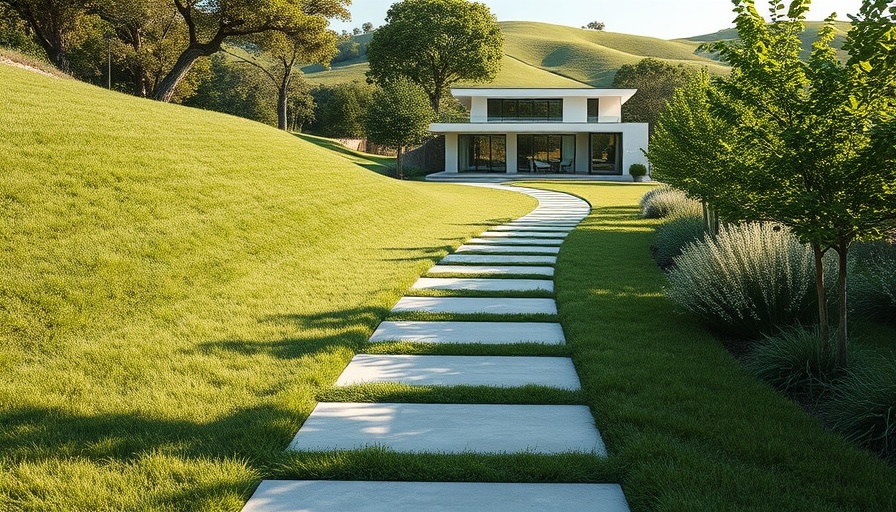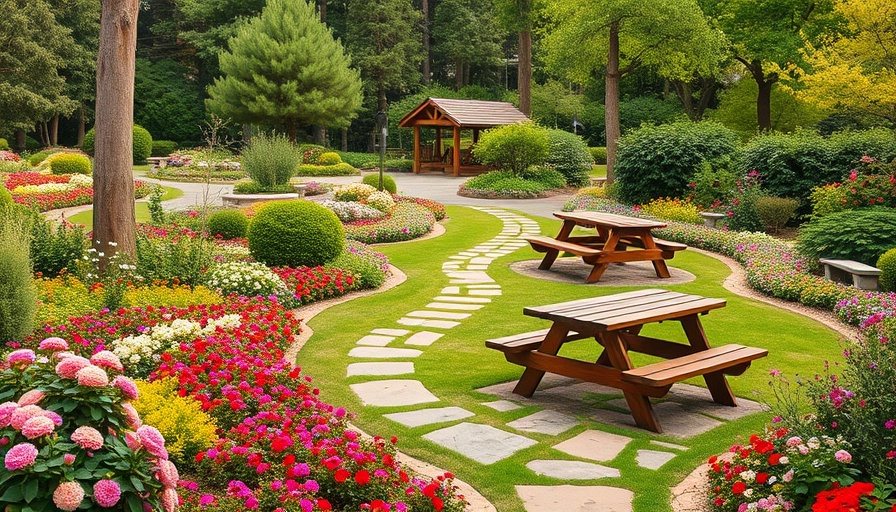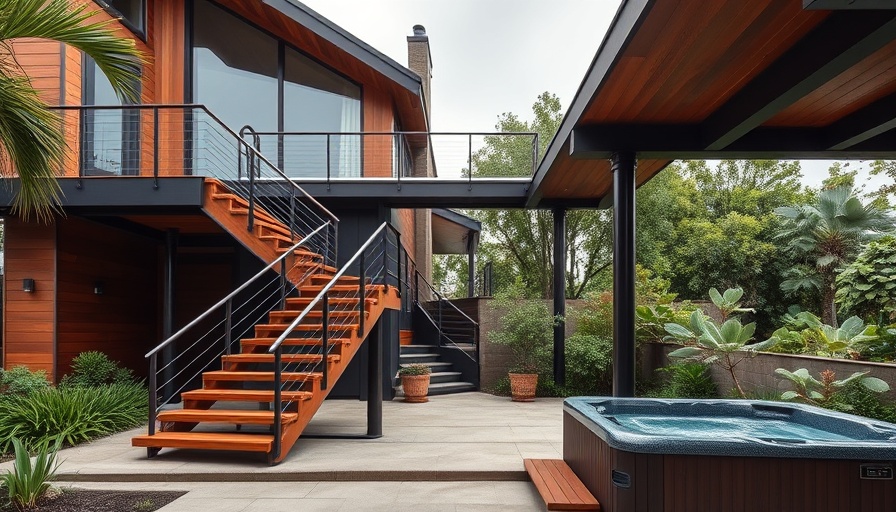
Choosing the Right Materials for Your Garden Path
When it comes to designing your outdoor space, the choice of materials for your garden path can transform not just the look of your garden, but also enhance usability and safety. From simple grass strips to intricately designed flagstone pathways, the available options are diverse.
The Versatility of Concrete in Landscaping
Concrete stands out as a popular choice for garden paths due to its durability and stability. Whether you opt for cast-in-place concrete or precast concrete pavers, the material can withstand a variety of weather conditions and heavy foot traffic. Cast-in-place concrete is especially flexible, allowing homeowners to create paths in various styles—straight, winding, or curved. Additionally, this option is relatively budget-friendly and can be customized with stains or textures to mimic more natural materials.
Exploring Natural Stone Options
Natural stone paths add a rustic elegance to gardens. Though they may require a higher initial investment, options like flagstone or slate provide a timeless appeal. Stone can blend seamlessly with natural landscaping, offering a visual connection to the earth. As with concrete, homeowners can opt for various patterns and finishes, presenting an opportunity to incorporate creativity in the path's design.
Wood as a Natural Pathway Material
Wooden paths provide a warm, inviting feel, especially in coastal or rustic gardens. Using wooden boards or logs, homeowners can achieve a natural look that complements garden beds. However, it’s essential to consider the treatment of wood to resist moisture and insects, which can limit its longevity compared to stone or concrete.
Creating a Memorable Garden Path: Mixing Materials
One of the most exciting aspects of designing a garden path is the ability to mix and match materials for visual interest and functionality. For instance, one might edge a flagstone pathway with colorful bricks or use decomposed granite for stability around stepping stones. This approach not only enhances the aesthetic appeal but also offers practical solutions for different garden sections, transitioning easily from more formal to rustic themes.
Maintenance: What to Consider
Regardless of material, the upkeep of a garden path is crucial to maintaining its beauty and functionality. Concrete paths might need sealing to prevent cracking over time, while wooden paths require regular inspection and treatment against the elements. Understanding the maintenance needs of your chosen materials is key to ensuring the longevity and resilience of your garden paths.
Future Trends in Garden Path Design
As sustainability continues to gain popularity among California homeowners, eco-friendly materials are emerging in landscape design. Reclaimed wood, permeable pavers, and decomposed granite paths are trending not only for their aesthetic but also for their minimal environmental impact. These innovative materials are making it possible to create stunning pathways that harmonize with nature.
Actionable Insights for Homeowners
Embarking on the journey of creating your garden path involves considerations beyond mere aesthetics. Homeowners should assess their landscape's climate, foot traffic levels, and personal style preferences. By understanding the pros and cons of the various materials, you can make informed decisions that yield beautiful and functional outdoor spaces.
Creating a memorable garden path is not just about convenience; it can enhance the overall experience of your garden. By considering the materials available, homeowners can reflect their personality while improving their outdoor living spaces.
 Add Row
Add Row  Add
Add 




Write A Comment